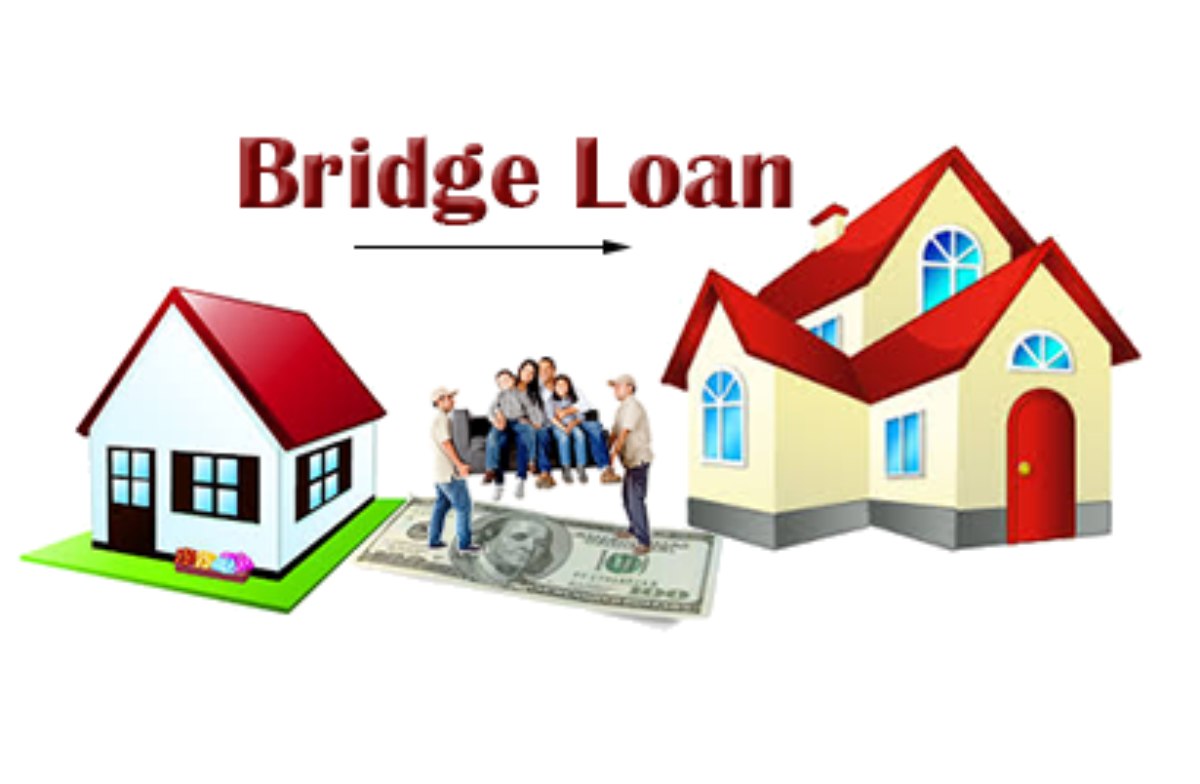Bridge Loan: If you’re looking to move, you’ve likely heard of a But what actually is it? And how do they work?
Table of Contents
What is a bridge loan?
When moving house, there is the possibility that your current property won’t sell before you need to put your offer into your next home.
However, without the sale, you might find that your mortgage doesn’t quite cover the new property price.
A works as a temporary ‘bridge’ between your mortgage and the offer price, with the idea that it is then paid back when your previous home sells.
Bridge loans tend to be beneficial to get your down payment in place for the new house. Afterall, if you’ve found your dream home, you don’t want to miss out. Also, when the property market is hot, houses can be on and off the market within days, so a bridge loan can help you secure your new home till your sale comes through.
The benefits of using a bridge loan
Of course, the major benefit of using a bridge loan is that you can buy your new house without waiting for the previous house to sell. Without this restriction, you have the chance to jump on any house you like the look of on the market.
Another benefit is that while you’re settling into your new home, you could end up with a few months free of payments. Bridge loan companies understand that you’ll be paying the loan back either when you have the correct cash flow or when your previous property sells.
The downsides to using a bridge loan
As bridge loans tend to be from private lenders, you could end up with a higher interest rate – meaning you’ll have more to pay in the end. An alternative to bridge loans would be a home equity loan (or mortgage). The interest rate is commonly 2% higher than a standard mortgage.
Another thing to consider is that you’ll need to apply for your new mortgage before selling up the previous home. That means you’ll technically own two houses at one time. This brings its own complications, as you will need to ensure you can qualify for two mortgages simultaneously. If you don’t have the eligibility to have two mortgages, you won’t take out a bridge loan.
If you do qualify, you need to think about the stress of three loans (two mortgages and the bridge). It can be incredibly stressful if your current property doesn’t seem to be selling, all while the bridge loan builds interest.
Bridge loan alternatives
There are obviously other ways to fund your down payment. However, the best option is to save up the cash, meaning you won’t have to take out any additional funding other than the new mortgage.
However, this is an unrealistic option for most of us. Instead, there are home equity loans or a line of credit.
In terms of risk, applying for any loan before your old property sells isn’t great. It’s often better to wait for the sale of your current home to go through rather than shopping around for something new and shiny without the money to fund it.


